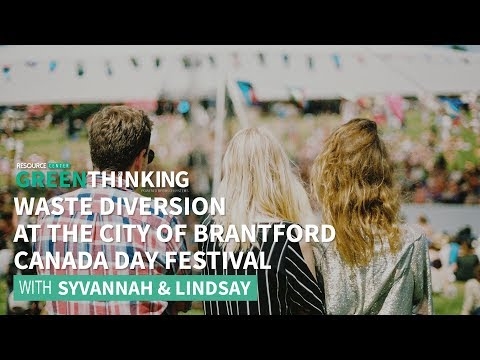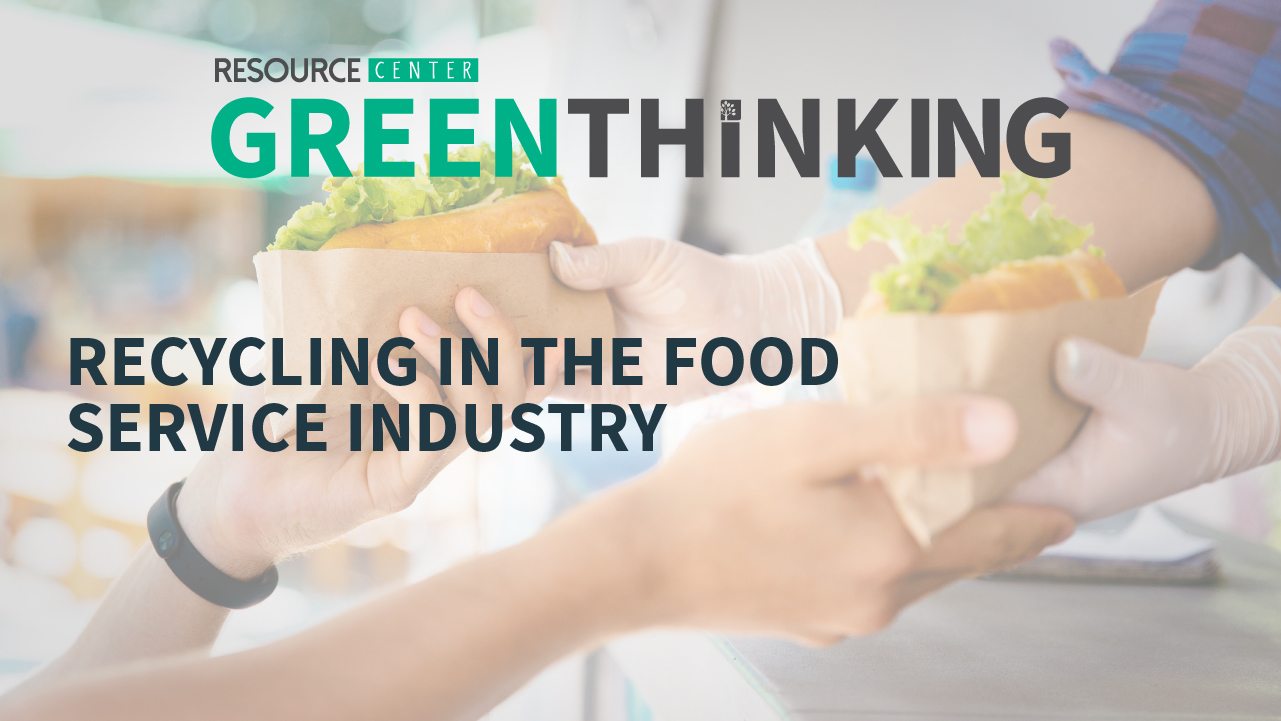
Circular Economy
Let’s talk about the Circular Economy. This idea stems from the sobering realization that the ever-running engine of consumerism is not slowing down. NEWS FLASH: PEOPLE WANT STUFF! And they want more and more stuff every year, and this stuff requires more and more resources. The problem is that we don’t HAVE access to unlimited resources, and they certainly won’t always be affordable.
This means moving away from the traditional “take, make, use, dispose” industrial manufacturing model, and moving towards designing products with the “end-of-life” in mind, that is, what happens to your stuff once you’re done with it. It is a reimagining and rebranding of the word waste.
But, isn’t that just recycling? Recycling? THAT'S circular economy. Garage sales? Circular economy. Composting, Anaerobic digestion, up-cycling, reusing ALL examples of circular economy. But it doesn’t stop there. These are all examples of what we do once the end-of-life has been reached, but how can we better design products to better allow them to be reintroduced into the cycle as resources?
It has been said that 80% of a products environmental impact is determined during the design phase. This includes material extraction, processing, manufacturing, distribution, usage and disposal. How can we ensure that during every phase of a products lifetime we are minimizing waste, maximizing resource yields and extending the life of our products?
Products should be created from the ground-up with the intention of being able to reuse them. Make products that are modular, easy to dissemble and to repair. If you have ever had to have work done on, or want to upgrade, old appliances or electronics you know that the cost of materials and labor is often equal to just purchasing the product again. This needs to stop. It is a huge waste of resources and could be designed out during the planning phases.
Another component of modular design is making it easier to recycle products. Is all that excessive packaging REALLY necessary? Does your new pair of sneakers REALLY need 3 different types of plastics, fabrics and textiles all molded and layered together? Can’t your laptop be designed so that electronic waste recyclers don’t have to grind up entire components just to get at the precious metals hidden within?
The circular economy is saying that there is no such thing as waste. Everything can be redesigned for reuse in some way shape or form. There a so many opportunities for implementation everywhere you look, spanning across industries and creating very unique partnerships.
Omni United, a tire manufacturer, has partnered up with Timberland, the clothing and shoe designer, and designed its tires in such a way that they can be recycled into footwear outer soles.
Method, a household cleaner manufacturer, collects and uses ocean plastics to create their packaging and bottles.
Countless farmers send their crop by-product and manure to waste-to-energy facilities where the decomposition of the materials produces methane gas that can be combusted and turned into energy Like many of the greatest inventions and innovations, you only need to look at nature for inspiration. Our biological and living world has circular economy down to a science. A tree grows and generates biomass by using the power from the sun. To reproduce the tree may create fruit that hold seeds within. These fruits are eaten by wildlife and can be transported far away from the origin. The trees leaves and branches can also provide shelter, and when it reaches its end-of-life and falls to the ground, microorganisms called decomposers use the biomass as a food source, and in the process, returning its essential nutrients back into the soil where they can be used by new tree seedlings perpetuating the cycle.
This is how we must be thinking to achieve ambitious goals like zero waste and the circular economy. Breaking down and analyzing complex webs of materials, constantly improving processes, while minimizing and eliminating waste.
It all comes back to that old saying “One man’s trash is another man’s treasure.” THAT’S circular economy!

















